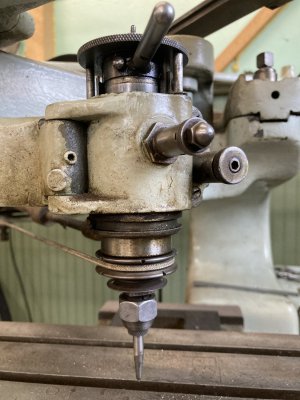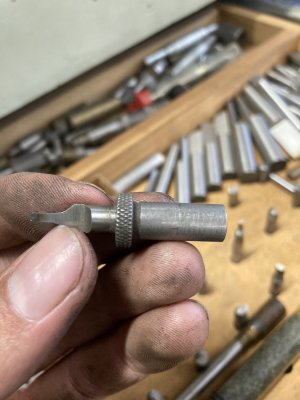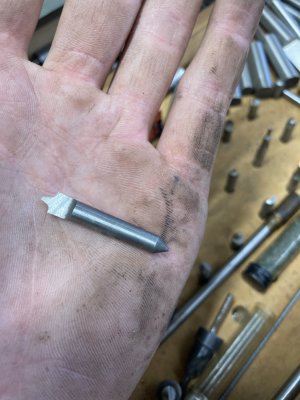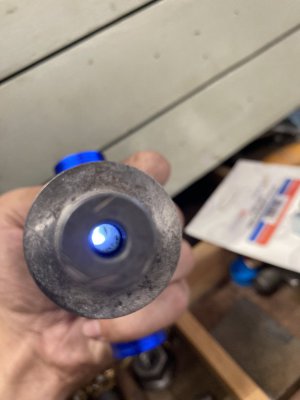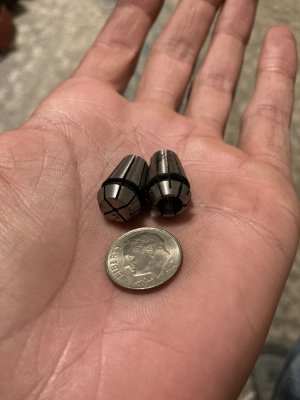- Joined
- Jan 22, 2022
- Messages
- 144
Hello everyone. I just picked up a P1-2 today. Never touched one before. But looked at a lot of photos and the original manuals. Looking at the spindle it looks different than what I’ve seen before. Is anyone familiar with this design? I tried to loosen the collet but can’t get it to move. I put it into an aluminum jaw vise but still didn’t want to crank down too hard.
Can this be converted to a standard Gorton collet holder? I want the ability to use different shank sizes. Is it loosened clockwise or counterclockwise??
Thanks!



Can this be converted to a standard Gorton collet holder? I want the ability to use different shank sizes. Is it loosened clockwise or counterclockwise??
Thanks!




